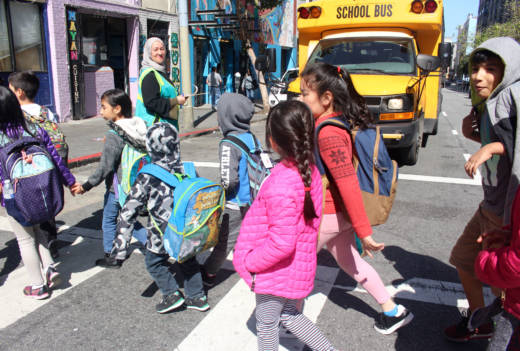In KQED’s new series, Starting Blocks, we’ll look more closely at why California has failed to gain traction on addressing the needs of kids and what it will take to change that.
From his first minutes as governor, Gavin Newsom made it clear helping children was going to be a big part of his administration when his two-year-old son, Dutch, walked onto the stage during his inaugural address. Newsom scooped him up and kept talking.
“My wife Jennifer and I have four children,” he said. “There’s nothing more important, I hope you can tell, than giving them a good and happy life.”
But in that same speech, Newsom made clear he realizes not all kids are as lucky as his own. He listed some of the issues California has to deal with to improve the lives of kids.
“An achievement gap in our schools and a readiness gap that holds back millions of our kids. And too many of our children know the ache of chronic hunger,” he said.

